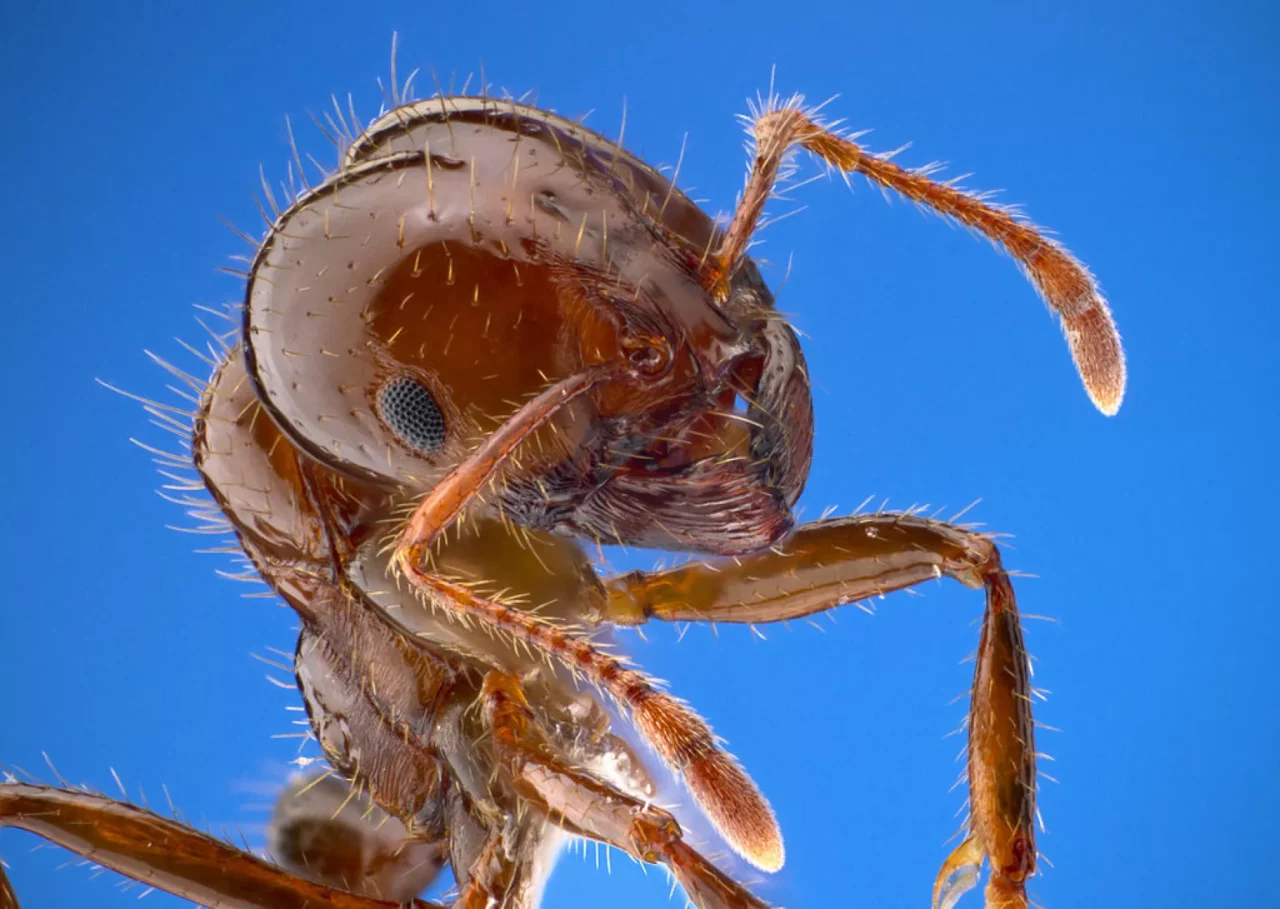
Call the Ant-Man, because his six-legged friends are causing havoc for protected species on the state’s ecological restoration lands.
Prescribed burning is a major tool of land management in the South, and when used in Florida, it’s like opening a whole new area to development for fire ants. Officials are looking for an answer to the problem.
“Post-burn, many area(s) show 20+ large fire ant mounds per acre,” said Casey Beavers, an Environmental Administrator with the Florida Department of Environmental Protection, in an recent online discussion group on invasive species.
“We have quail, common ground dove, common nighthawk, and turkeys. We are trying (to) improve ground nesting survivability while protecting beneficial insect species, wildlife, and water resources to the greatest extent possible.”
Research shows fire ants, which are native to the Amazon Basin, came into the United States through the port in Mobile, Alabama, before spreading across the South. They’re known to consume bird and reptile eggs, along with attacking and killing some reptile species and crowding out other insects.
“Ant species composition was very similar between (burns), although some species typically associated within mesic and lowland habitats were found only in unburned forests,” according to the abstract to a 2013 study of the effects of prescribed burns on fire ants in the Ozark Mountains.
“We conclude that litter ant communities in Ozark forests, as in other regions, are relatively resilient to the effects of prescribed burning.”
Once the call went out for help, Florida’s invasive species scientists offered up their assistance, and there may be a solution at hand. Researchers at the University of Central Florida (UCF) found some success with a couple methods at dealing with the pests.
“We have used the hot water method for both areawide and spot controls of fire ants with control rates at or just below 100% control,” said Joshua King, an Associate Professor of Biology at UCF, in the online discussion.
The “hot water method” is as it sounds — inundating fire ant colonies with water heated to 150 degrees Fahrenheit or more. He noted their success using the method specifically to protect ground-nesting wildlife like grasshopper sparrows and sea turtles.
“We are currently in the process of using it at Avon Park Air Force Range to protect a variety of birds, gopher tortoise, among other species,” King said.
The UCF team also is in the process of testing a subterranean toxic baiting system that they’re using in combination with the hot water method to deal with large areas.



